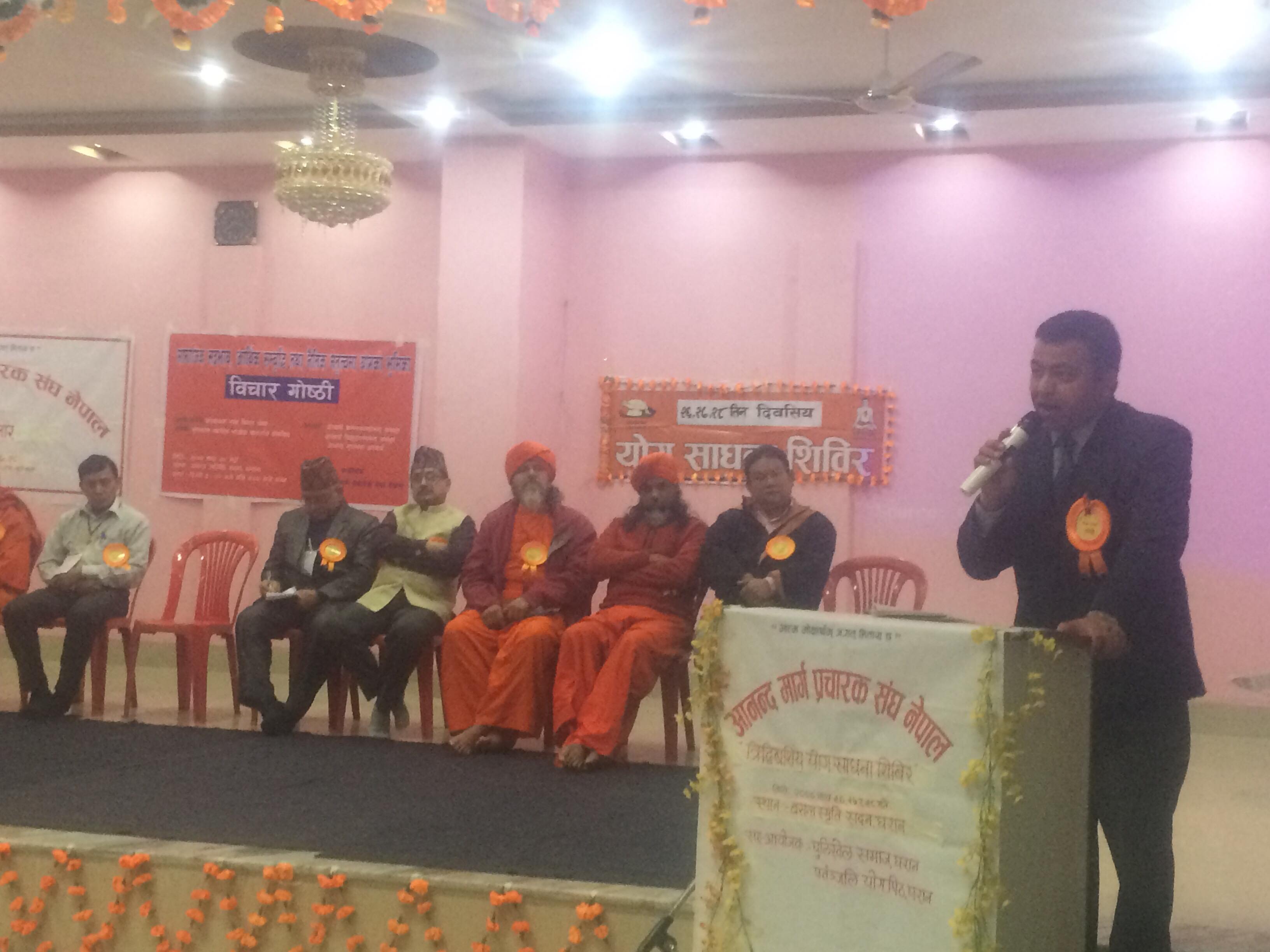
How to Cite
Mehta UK, Dhakal A, Parajuli S, Sah SK. Morphometric Study of Pterion in Dry Human Skull at Medical College of Eastern Nepal. Journal of Karnali Academy of Health Sciences. 2019;2(3): 214-219.
DOI: https://doi.org/10.3126/jkahs.v2i3.26658
Abstract
Background: The pterion is defined as an H shaped sutural confluence present on the lateral side of the skull. This pterion junction has been used as a common extra-cranial landmark for surgeons in microsurgical and surgical approaches towards important pathologies of this region.
Methods:This is ananalytical cross sectional study conducted at Department of Anatomy, Birat Medical College & Teaching Hospital, Tankisinuwari, Morang, Nepal. Total enumeration technique was used to collect samples where 31 dry human skulls of unknown age and sex were taken. The sutural pattern and location of the pterion was determined and measured on both sides of each skull using digitalvernier caliper.
Results: Three types of sutural patterns of pterion were observed. Among them, Sphenoparietal type was higher in frequency.The frequency was 26 (83.8%) on the right side and 24 (77.4%) on the left side. The distance between the centre of pterion to the midpoint of upper border of zygomatic arch was 3.82±0.3 cm on the right side and 3.8±0.29 cm on the left side. The distance between the centre of pterion to the postero-lateral aspect of fronto-zygomatic suture was 3.02±0.23 cmon the right side and 3.0±0.23 cm on the left side.
Conclusions: The information of thesutural pattern and the location of the pterion from the different bony landmarks of our study may be useful for anthropologists and neurosurgeons.
Keywords: Frontozygomatic suture, Morphometric, Pterion, zygomatic arch





